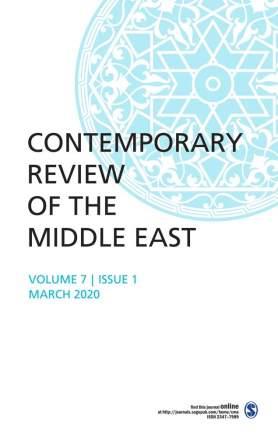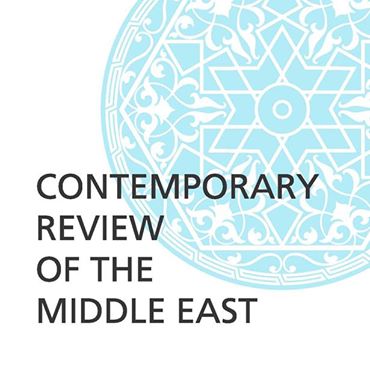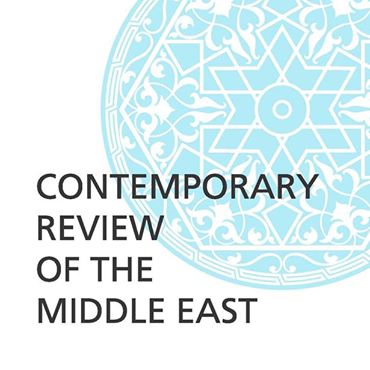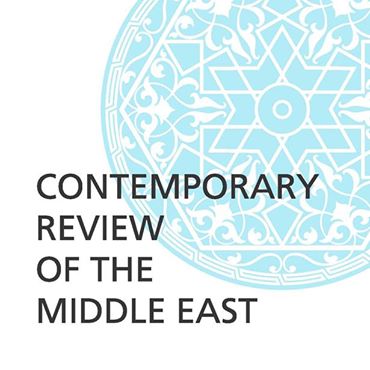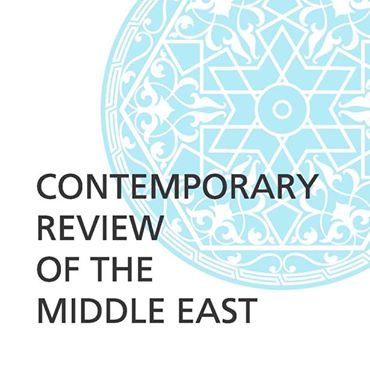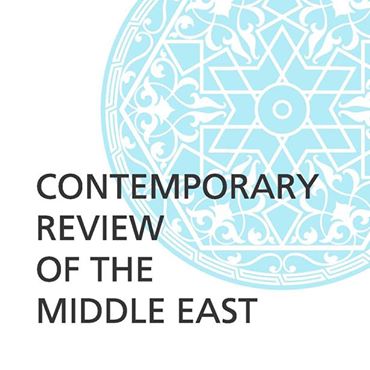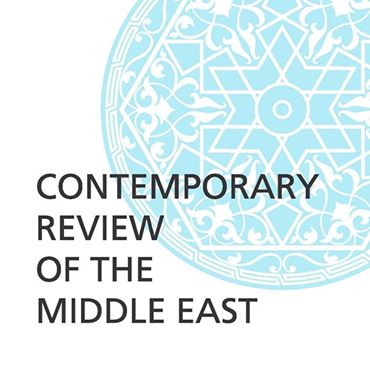Breaking
- MENU
Lorem Ipsum is simply dummy text of the printing and typesetting industry.
http://journals.sagepub.com/toc/cmea/1/3
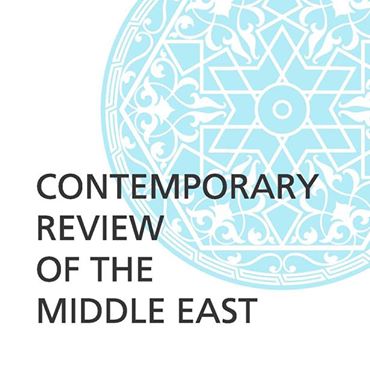
1) Dateline MEI By P.R. Kumaraswamy; pp. 241–242 Read More
2) US Policy in the Middle East: Breakthrough or Breakdown? By Robert O. Freedman; pp. 243–252
Abstract: By the end of February 2014, US policy in the Middle East faced very serious challenges. Negotiations between the Israeli government and the Palestinian Authority had reached an impasse, and even the indefatigable efforts of US Secretary of State John Kerry had not succeeded in getting the two sides to sign an agreement or even a framework for an agreement. In the case of Iran, the United States (US) and the other members of the P-5 plus one (UK, France, Russia, China, and Germany) had reached an interim agreement in November 2013, to limit Iran’s production of enriched uranium in return for a partial lifting of sanctions, but major questions remained as negotiations began on a final agreement. These included Iran’s willingness to surrender information about its suspected nuclear weaponization program; whether or not Iran would be allowed to continue to enrich uranium, and if so, how much; and the future of the Arak heavy water plant and the Fordow nuclear facility. In the case of the war in Syria, the US continued to avoid involvement, even as the death toll rose to 150,000. Despite rising calls for US action from the State Department and CIA, President Obama refused to act. His position appeared to be, “I got us out of Iraq, I’m getting us out of Afghanistan, I’m not getting us involved in Syria.”
3) Can Hassan Rouhani Succeed where Muhammad Khatami Failed? Internal and International Politics of Reform in Iran By Shireen T. Hunter; pp. 253–268
Abstract: The election of Hassan Rouhani to Iran’s presidency in June 2013 once more raised the hopes that the Iranian regime could reform itself and improve its relations with the outside world, especially the United States of America. However, to what extent these expectations are justified? Have Iran’s conditions changed sufficiently to enable Rouhani to succeed, while other reformers like Muhammad Khatami, Iran’s president from 1997 to 2005 failed? This article analyzes the causes of the failure of earlier reformers in Iran, notably Khatami, and will distinguish between the more structural barriers to reform in the Islamic Republic and those related to the dynamics of various political groups. It will also assess the impact of external factors, especially the US attitude toward Iran’s reformers on Khatami’s failure. It will then discuss to what extent Iran’s current internal conditions and the dynamics of its external environment will affect Rouhani’s chances of success. Read More
4) The PLO at Fifty: A Historical Perspective By Avraham Sela; pp. 269–333
Abstract: The article offers an overview of the political history of the Palestine Liberation Organization (PLO) from its birth to the present. It analyzes the social and political origins of the PLO, the impact on its politics of decades of regional upheavals in the scope and nature of the Arab–Israeli conflict and its ability to function as a national framework of resistance and civilian organizations despite geographical and political obstacles. Given the PLO’s nature as a non-state regional actor, the article is particularly concerned with its political adjustment along with the decline of pan-Arab identity and the Arab states collective action for the Palestinian cause, the post-1973 peace process, and the shifting center of gravity of Palestinian national action from the Arab states neighboring Israel into the Occupied Territories. The article thus explains the PLO’s survival and repeated rises from the ashes following military debacles and internal crises and examines how the Oslo process and the advent of the self-governing Palestinian Authority have affected the PLO as an overall national leadership. Read More
5) Review Article: Ibrahim M. Abu-Rabi (Ed.) (2010). The Contemporary Arab Reader on Political Islam and Robin Wright (Ed.) (2012). The Islamists Are Coming: Who They Really Are By Priyanka Chandra; pp. 335–345 Read More
6) Book Review: Talmiz Ahmad (2013). The Islamist Challenge in West Asia: Doctrinal and Political Competitions after the Arab Spring By Md. Muddassir Quamar; pp. 347–349 Read More
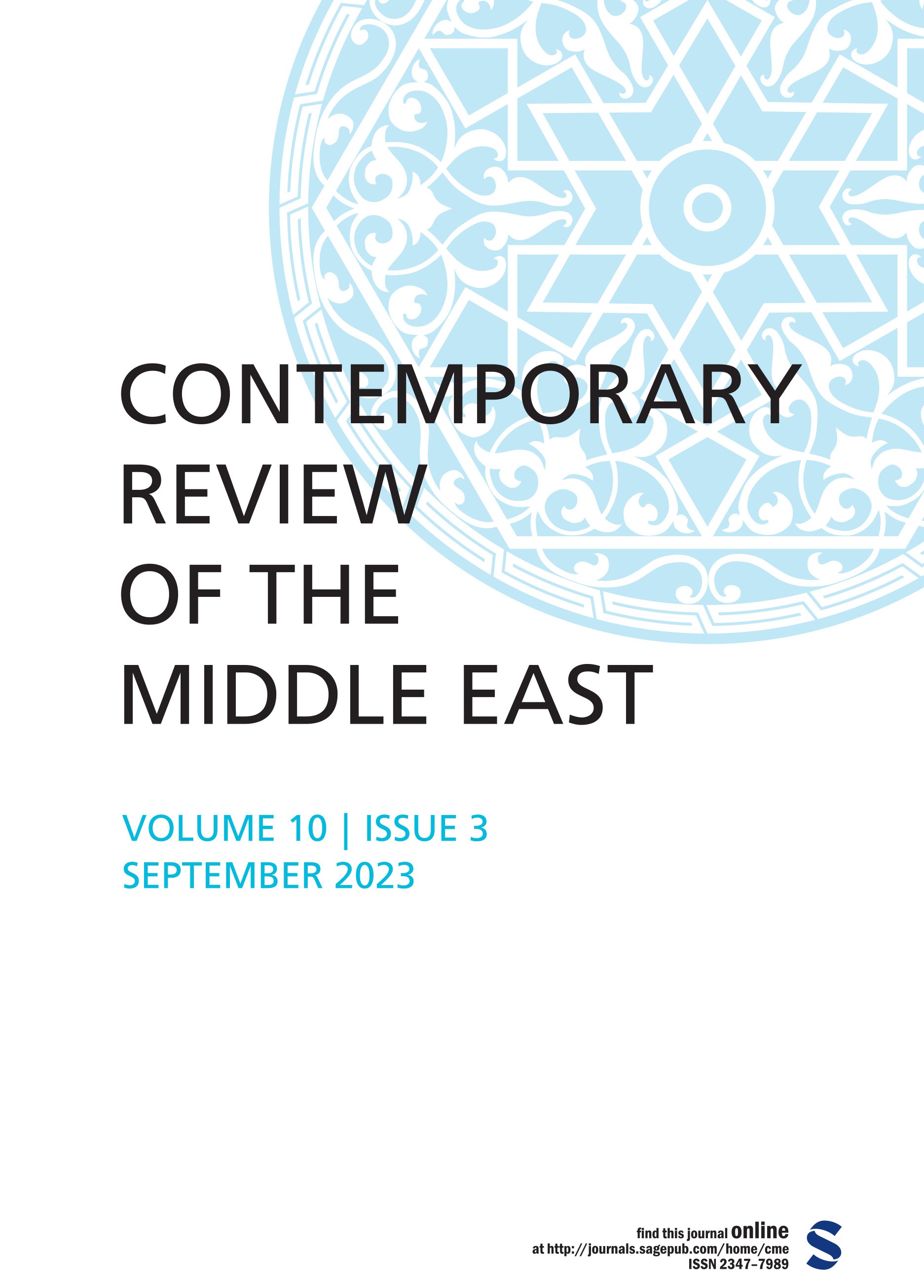
Invented Tradition as a Theoretical Approach Within Iranian Memory Studies: A Review Mohammad
Read More »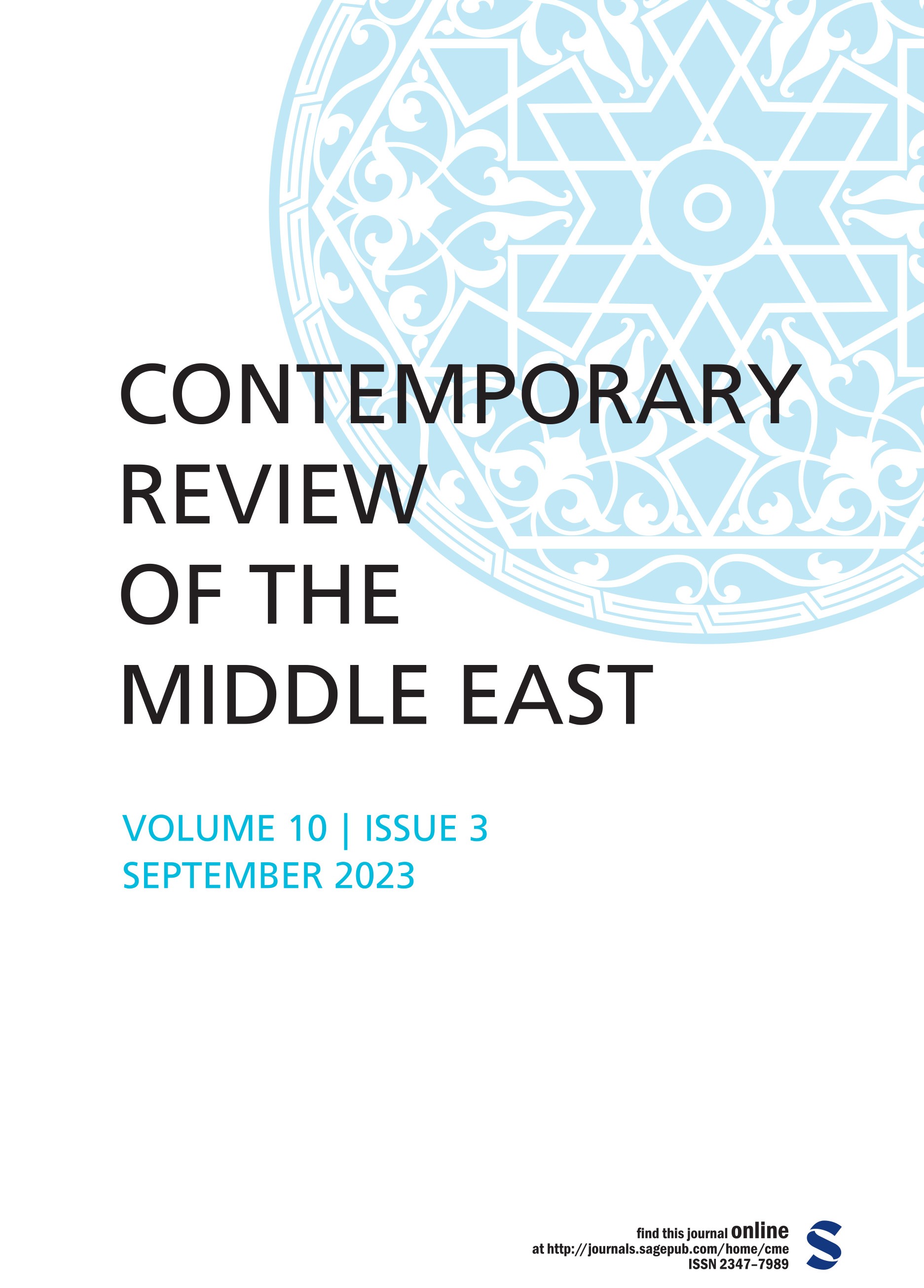
Neo-Ottoman Turk-Scape: Analyzing the Role of Dizis as Türkiye’s Soft Power Mohammad Reyaz and
Read More »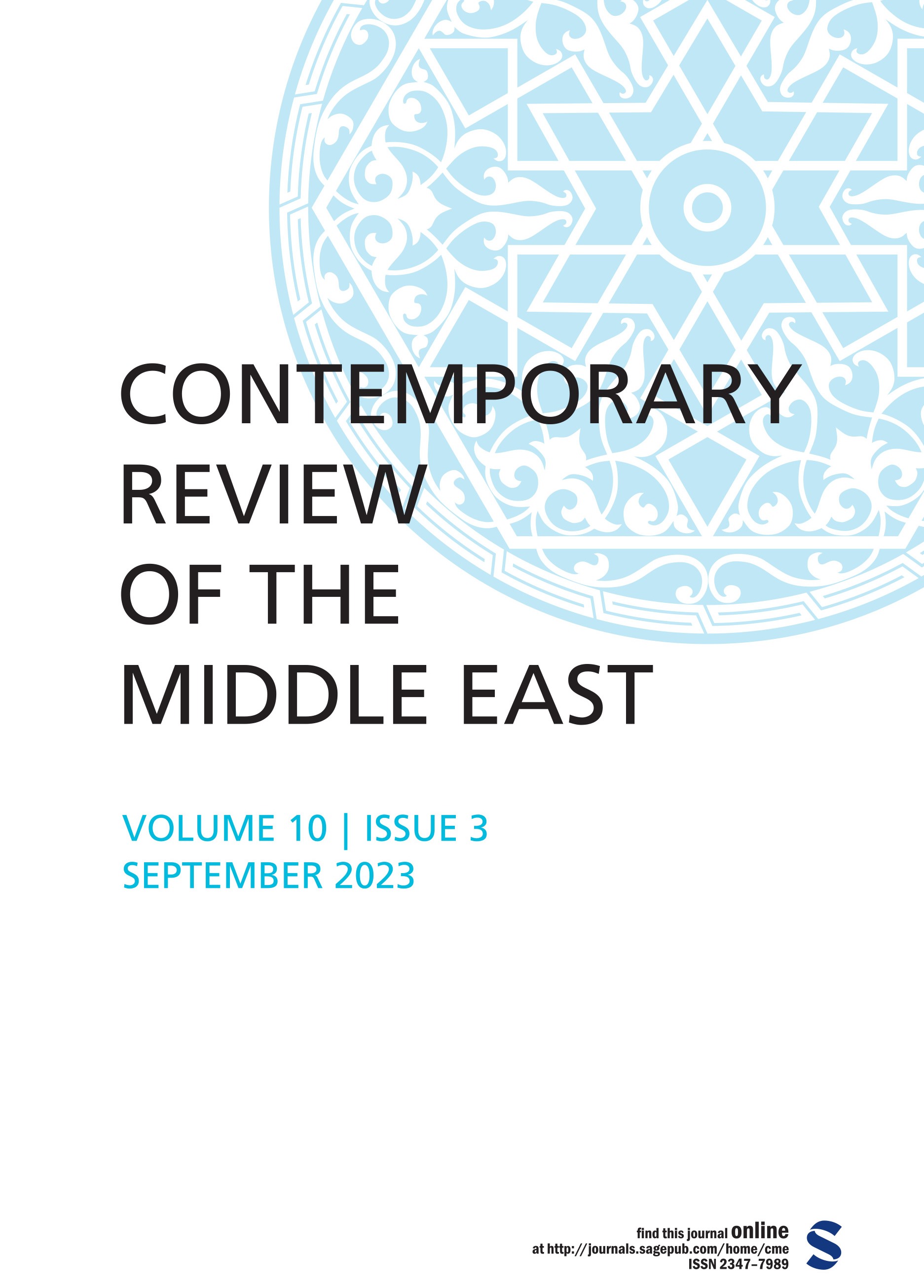
The Relations of Vietnam with the Middle East-North Africa Region: From a Divided State to an Important&
Read More »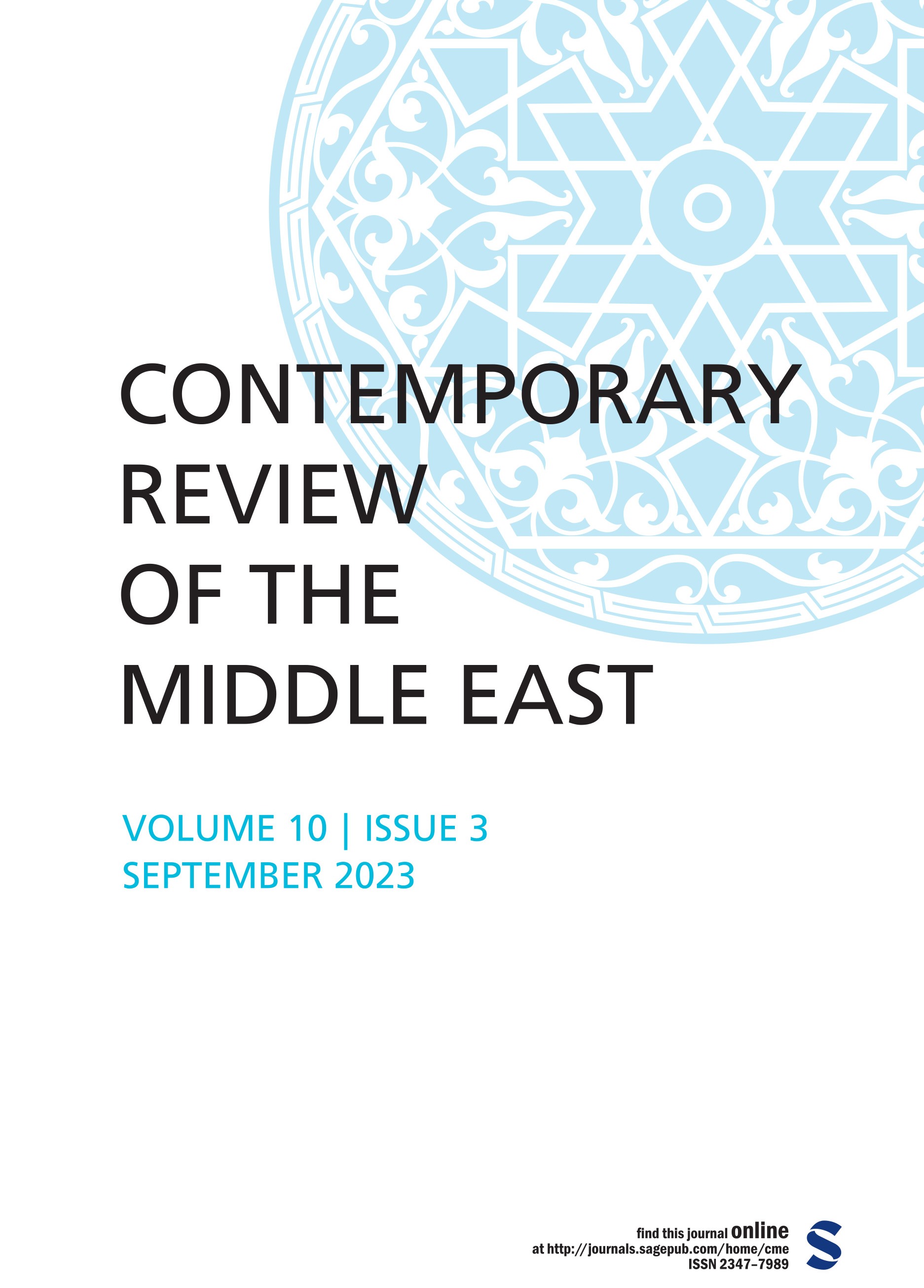
An Analysis of Yemen’s Geostrategic Significance and Saudi-Iranian Competition for Regional Hegemo
Read More »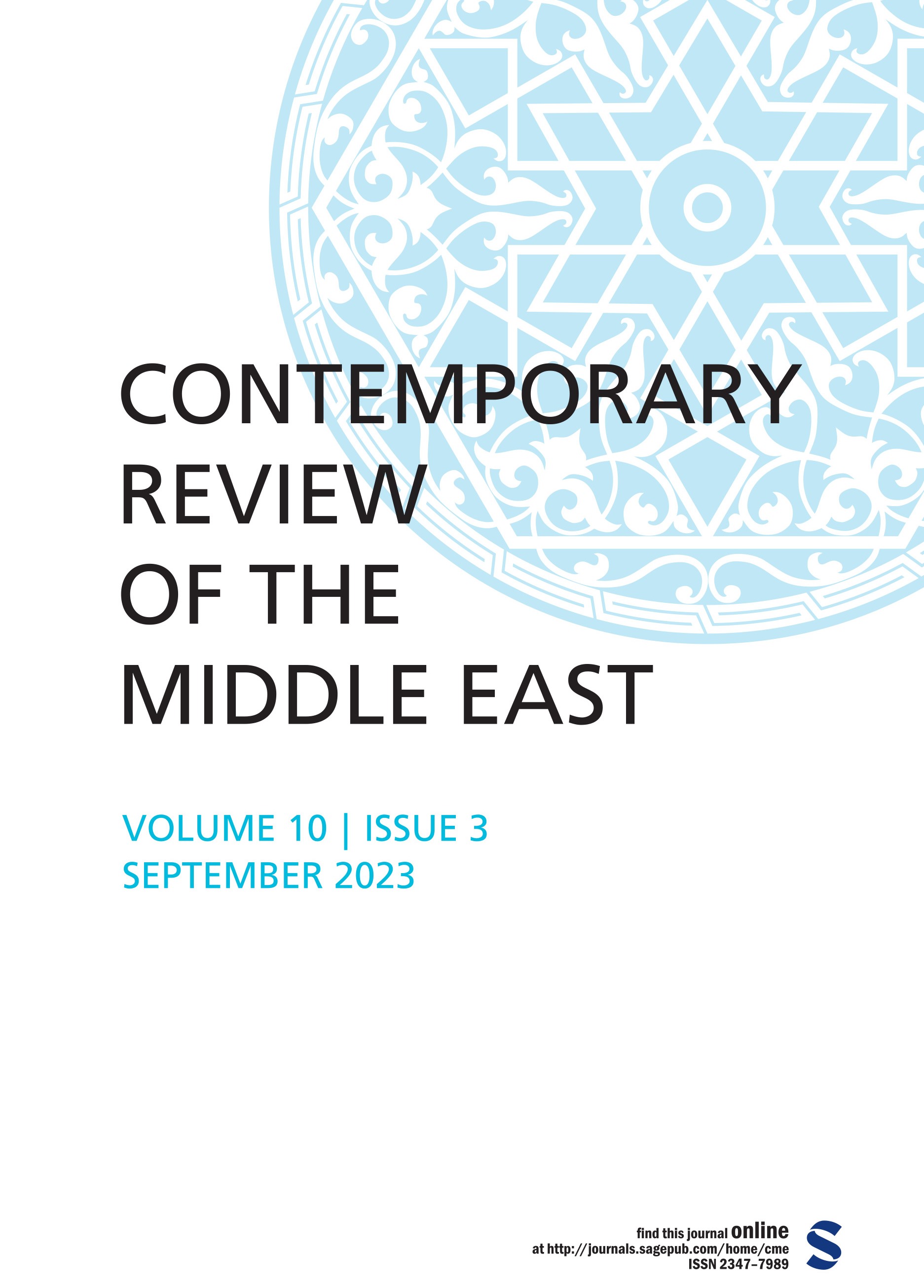
The National Reconciliation Process in Algeria During the Bouteflika’s Era: The Official Narrative Fa
Read More »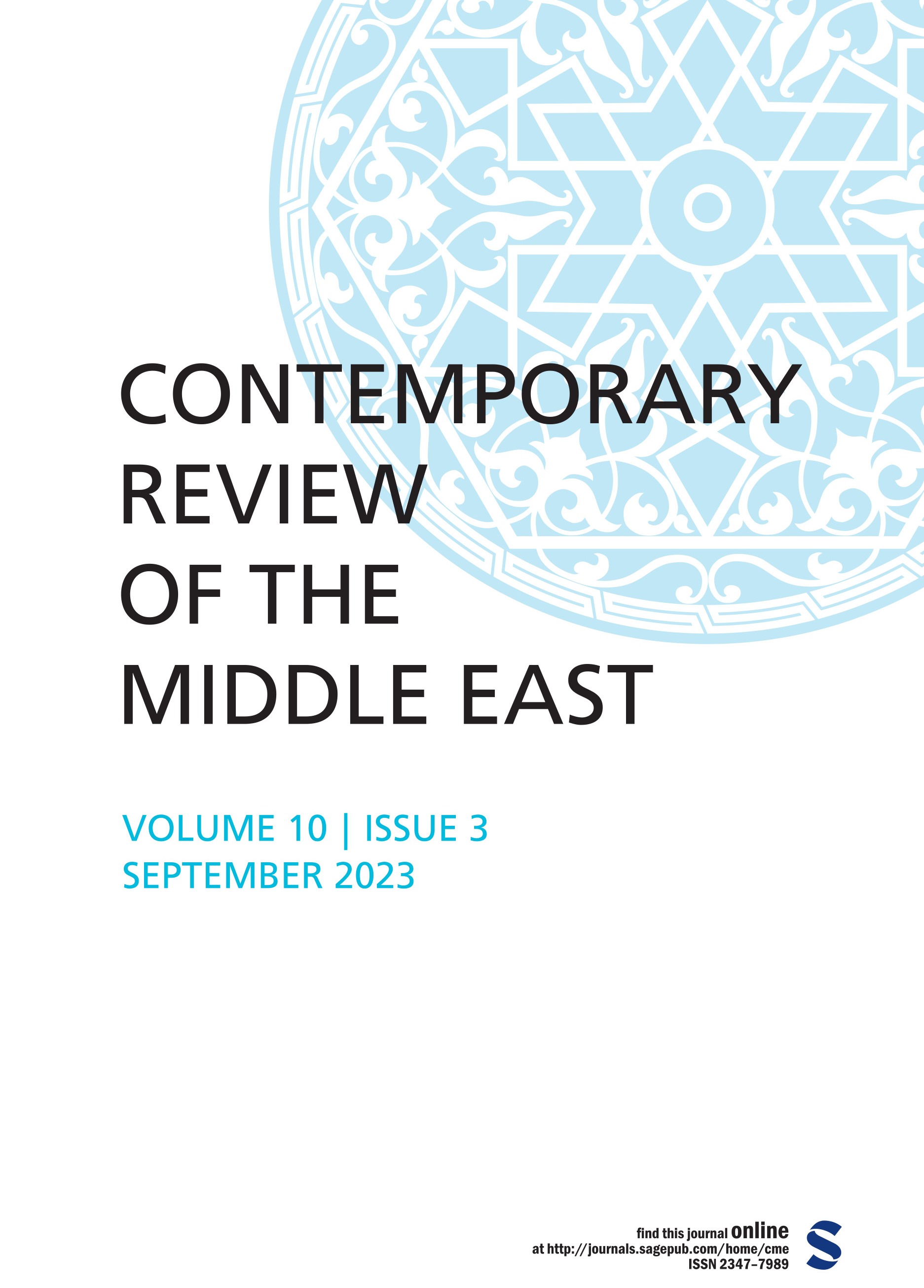
Dateline MEI When Netanyahu Rocks the Israel Boat, Nero Style P. R. Kumaraswamy For the text see: We
Read More ».jpg)
.jpg)
